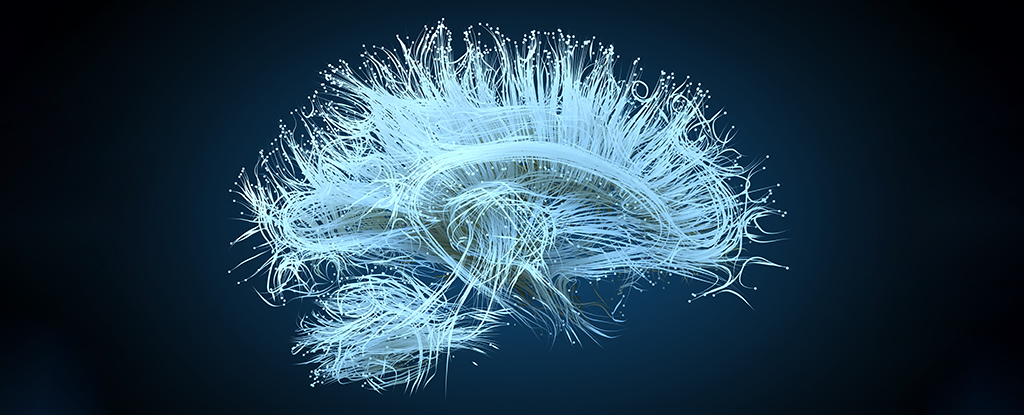Products You May Like
The research into how male and female brains may be different has been extensive, but not altogether conclusive. Now a new study identifies some notable variations between the brains of the sexes, as well as separate variations based on a person’s gender.
A team of researchers from the US and Singapore analyzed brain activity via fMRI scans in 4,757 children aged 9 or 10 years old: 2,442 assigned male at birth (AMAB) and 2,315 assigned female at birth (AFAB), who had taken part in the Adolescent Brain Cognitive Development (ABCD) Study.
This data was cross-referenced against answers given by the kids on their feelings about their gender and answers given by their parents about the child’s behavior, including signs of gender dysphoria – not feeling aligned with the sex assigned at birth.
“Here, we use the term ‘sex’ to indicate features of an individual’s physical anatomy, physiology, genetics, and/or hormones at birth, and we use the term ‘gender’ to indicate features of an individual’s attitude, feelings, and behaviors,” writes the team led by neuroscientist Elvisha Dhamala from the Feinstein Institutes for Medical Research in New York.
“Sex is not binary. However, in the ABCD sample analyzed here, all participants reported their sex as either female or male.”
With the help of machine learning algorithms, the researchers identified significant differences in brain connectivity based on sex, as well as more subtle differences in brain connectivity related to gender. Crucially, there was a distinction between the sex-based variations and the gender-based variations.
It’s important to be clear that this doesn’t mean male and female brains are wired differently from birth; it does indicate that certain brain activity in these scans, in networks linked to movement, vision, and emotions, is a good predictor of whether a brain is male or female.
And while the predictors for gender are less reliable and less well-defined, they’re correlated to those related to someone’s sex, but they’re also different from the sex-based predictors, and they’re more spread out over the brain.
“Sex and gender have traditionally been conflated in research when they should have been studied separately,” says Dhamala.
The distinction arises from how our biology, including genes and hormones, as well as our environment, including our social experiences, influence the brain. Because our brains are very moldable, our internal experiences and how others treat us can inform our gender.
There are some major implications here. For example, some conditions such as ADHD (attention-deficit/hyperactivity disorder) and Parkinson’s are diagnosed more often in AMAB individuals, while anxiety and Alzheimer’s are more likely to be diagnosed in AFAB people.
Gender could be influencing this bias, as well as sex, and in deeper ways than one might guess.
“Women, people AFAB, and sex/gender minorities have historically been excluded from biomedical research. Consequently, this group of individuals is more likely to be underdiagnosed or misdiagnosed for common brain disorders,” write the researchers.
“Collectively, these results suggest that sex and gender are both associated with individual functional connectivity and these associations may underlie the sex and gender differences that exist in brain-related illnesses.”
The study authors acknowledge a key limitation to their work: those involved in the research are yet to reach puberty, a crucial time for gender identity and feelings around it. The results may well look different in older groups.
Given how strongly culture influences gender, further research is needed across a wider range of people from various countries and ethnic groups. In the meantime, perhaps brain studies are due for a revamp.
“This research sheds light on the complex and nuanced ways in which biological and environmental factors influence brain organization,” Dhamala explains, “and shows the need to consider a person’s sex and gender to fully understand health and disease across the human lifespan.”
The research has been published in Science Advances.
